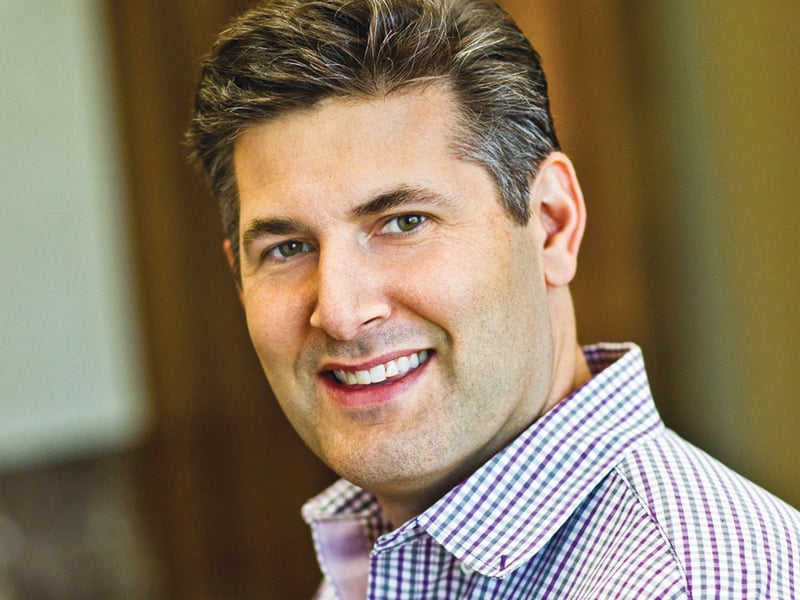

Don't be afraid to start the year on the right foot! 5 irrational fears that keep people from firing their advisor https://t.co/AE0UiRbkzC
— Wealthfront (@Wealthfront) January 8, 2016
@ramblinpeck Probably anyone happy paying a quarter or less of what their advisor charges, for starters! :) Let us know how we can help you.
— Wealthfront (@Wealthfront) October 6, 2015
There aren't many robo-advisers that have remained purely direct to consumer. Many that do are younger than Wealthfront, and have fewer assets to manage. WiseBanyan, a self-proclaimed free robo-adviser now building out for-pay features, had $35 million in assets, according to its latest ADV. Vicki Zhou, co-founder and co-chief executive of WiseBanyan, said being direct-to-consumer is the robo's main focus because it lets the company help clients achieve their financial goals. "Right now that is by providing them our services directly and helping them eliminate barriers to starting, like minimums or fees," Ms. Zhou said. "Going forward, our strategic initiatives and anything we have for consideration, even if it involves other financial institutions, have to focus on providing the best possible product and access for our clients." LOW-HANGING FRUIT Andrei Cherny, CEO of Aspiration, a direct-to-consumer online investment platform that lets the consumer choose its fees and manages about $23 million, said his company works directly with clients because it is working on building a customer relationship based on trust. Last year, firms and institutions were picking up robo-advisers and their technologies to offer advisers, as another way to engage with clients. Many of those that didn't buy a robo decided to build one instead. Craig Iskowitz, chief executive of Ezra Group, a technology consulting firm in the financial advice industry, said Wealthfront needs to add a sweep of updates and additional resources to stay competitive. "Now they are hitting the low-hanging fruit," Mr. Iskowitz said. "In order to keep growing they need to pull from other advisers and they need to perform services advisers perform." Wealthfront came out with a portfolio review tool last month, which allows clients and prospective clients to get a free and immediate analysis on their portfolios. In July, the robo dropped its account minimum. These two events are an indication that the company may be taking a step back to see what it can do to grow its client base, Mr. McDermott said. "It is the reverse or opposite approach other firms have taken," Mr. McDermott said. "Just thinking in the context of recent announcements they have made … it all does seem to point at a concerted effort to bring in more assets." Wealthfront has made strides to grow internally, and added three big hires in 2015 — in November, Mike Schroepfer from Facebook joined the company's Board of Directors; in June, they hired a new chief financial officer, Ashley Johnson, who previously had worked at ServiceSource and Morgan Stanley; and in May, they brought on Kate Aronowitz, also from Facebook, as vice president of design. One way Wealthfront might be able to pick up its game is by providing more engaging materials with potential clients, said Laura Varas, a principal at research firm Hearts & Wallets. It can do this by becoming a source of information rather than just a "set it and forget it" platform where clients can invest their money. She said clients have so many options these days and want to find a unique offering. "It is not only about AUM — technology people also think of information flow," Ms. Varas said. "So $2 billion in AUM is a failed mutual fund." Mr. Iskowitz said the robo needs to improve its website and add more free features, such as data aggregation and expense management. "I think they are realizing they're just a digital RIA and the robo-adviser mystic has worn off," Mr. Iskowitz said. "That's why their growth has slowed and their assets will go away if they don't keep up and show more value added to consumers."@joncbacon Sounds like Mr. Dinges was lucky to find such a good friend and advisor. Doesn't happen that way for many, that's why we're here.
— Wealthfront (@Wealthfront) August 28, 2015

Former Northwestern Mutual advisors join firm for independence.

Executives from LPL Financial, Cresset Partners hired for key roles.

Geopolitical tension has been managed well by the markets.

December cut is still a possiblity.

Canada, China among nations to react to president-elect's comments.
Streamline your outreach with Aidentified's AI-driven solutions
This season’s market volatility: Positioning for rate relief, income growth and the AI rebound
